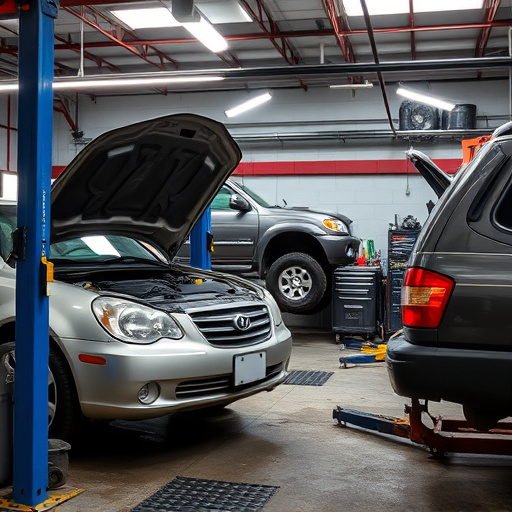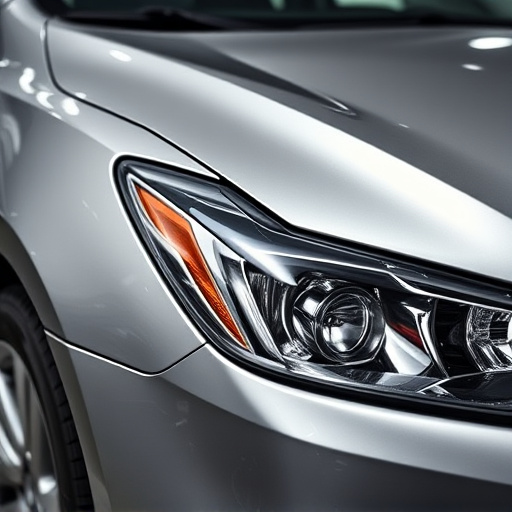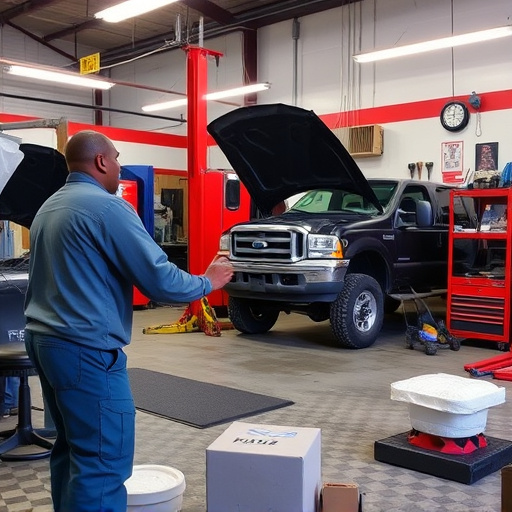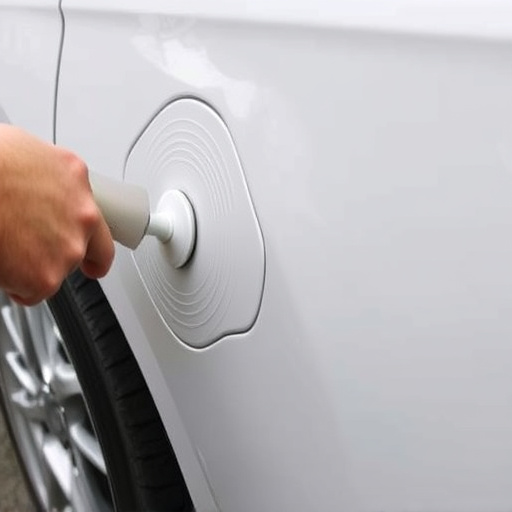After a vehicle crash, battery damage can cause leaks, reduced performance, and premature aging. Visual inspect for dents, cracks or corrosion. Use diagnostic tools to measure voltage and check anomalies. Severe damage may require professional battery replacement as part of collision repair. Prompt replacement under guidelines ensures optimal battery health and enhances safety, reliability, and performance.
In the aftermath of a vehicle accident, understanding the impact on your car’s battery is crucial. This comprehensive guide delves into the intricate details surrounding battery lifespan post-accident. We explore effective methods for assessing damage and how crashes influence both immediate and long-term battery performance. Furthermore, we provide strategic tips for efficient replacement, ensuring optimal durability and peace of mind on the road. Discover practical insights into managing your car’s most vital power source—especially after a crash, where timely battery replacement can be a game-changer.
- Assessing Battery Damage After a Crash
- Impact on Lifespan: Short-Term and Long-Term Effects
- Efficient Replacement Strategies for Optimal Durability
Assessing Battery Damage After a Crash
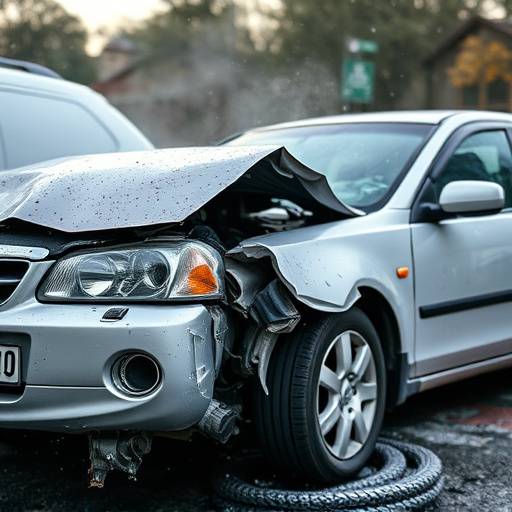
After a vehicle crash, assessing battery damage is crucial for safety and reliability. Even minor accidents can cause internal stress on batteries, leading to potential leaks or reduced performance. The first step in determining if a battery needs replacement after a crash involves inspecting it visually for any visible signs of damage, such as dents, cracks, or corrosion. If the battery case appears intact but shows signs of impact, further evaluation is required.
Automotive repair specialists recommend using diagnostic tools to measure battery voltage and check for any anomalies in its performance. A simple multimeter test can reveal if the battery is still holding a charge and delivering power efficiently. In cases where a vehicle collision has resulted in extensive dent removal or severe structural damage, it’s wise to consider professional battery replacement as part of the overall vehicle collision repair process, ensuring optimal functionality and safety post-accident.
Impact on Lifespan: Short-Term and Long-Term Effects
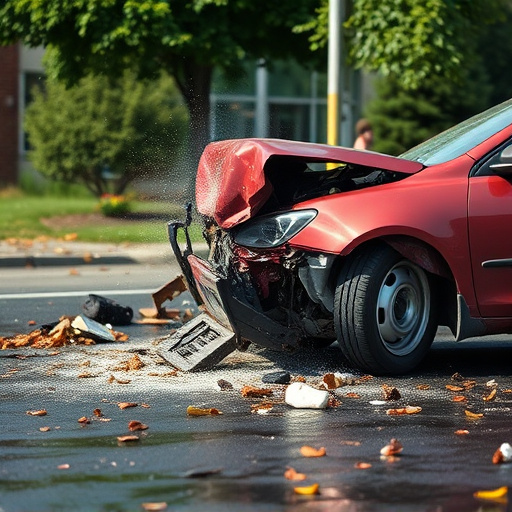
A car accident can significantly impact a vehicle’s battery lifespan, with effects visible both in the short and long term. In the immediate aftermath of a crash, batteries may suffer internal damage due to sudden impacts or short circuits caused by shattered components. This can lead to premature aging, reduced capacity, and, in severe cases, complete failure.
Over time, even if the battery appears to have recovered from initial damage, its performance may degrade steadily. Regular use after a collision, including starting the engine more frequently and powering additional electronic systems during repairs like vehicle paint repair or tire services at a collision repair shop, can strain the battery, exacerbating existing wear and tear. Thus, while a battery might still function adequately immediately post-crash, its overall lifespan could be considerably shortened if not replaced promptly under recommended guidelines for battery replacement after crash incidents.
Efficient Replacement Strategies for Optimal Durability
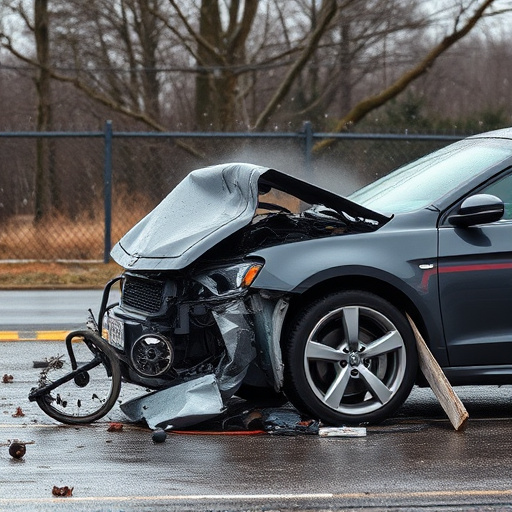
When dealing with a post-accident vehicle, efficient battery replacement strategies are key to ensuring optimal durability and longevity. The impact of a crash can significantly degrade a car’s electrical system, including its battery. Therefore, prioritizing prompt and professional battery assessment is crucial. Many car repair services offer specialized packages for accident-damaged vehicles, encompassing not just dent removal and vehicle bodywork repairs but also thorough checks on the battery and related components.
These strategies involve replacing batteries with high-quality alternatives suitable for the specific vehicle make and model. Skilled technicians consider factors like climate control, usage patterns, and driving habits to recommend batteries designed for superior performance under varied conditions. Such strategic replacements not only restore the vehicle’s power system to peak condition but also contribute to enhanced safety and reliability on the road.
In understanding the impact of accidents on battery lifespan, we’ve explored critical aspects such as assessing damage, recognizing short- and long-term effects, and implementing efficient replacement strategies. By adopting these practices, vehicle owners can optimize battery durability, ensuring reliable performance post-crash and beyond. When considering battery replacement after a crash, proactive measures can significantly extend the life of your vehicle’s power source.

